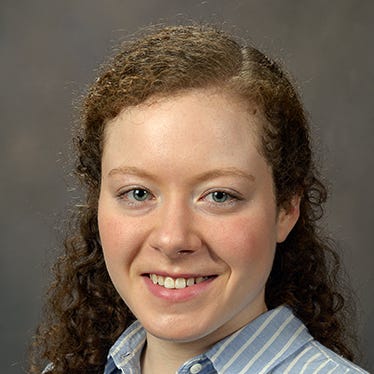May 8, 2017

LSU AgCenter faculty members spoke about their projects on improving irrigation efficiency and water quality at the Louisiana Groundwater, Surface Water and Water Resources Symposium.
The meeting, which was organized by the Louisiana Geological Survey and the Louisiana Water Resources Research Institute, was held in April on the LSU campus.
LSU AgCenter economist Naveen Adusumilli discussed how he helped develop a rate structure for the North Caddo Irrigation District, which includes the Natural Resources Conservation Service Red Bayou project. It pumps water from the Red River into the bayou so farmers have surface water for irrigation.
Most farmers now pay the irrigation district about $65 per acre-foot of water. The rate structure includes a fee based on how much water is used, which Adusumilli said encourages efficiency. It also ensures the district will have funds for future equipment repairs.
Nutrient, salt accumulate
Changyoon Jeong, AgCenter water quality specialist, discussed his research that has shown irrigating with Red Bayou water can cause nutrients and salt to accumulate on fields, especially those with clay soils. One way to improve water quality is with a constructed wetland like the one at the AgCenter Red River Research Station in Bossier City, which consists of two ponds.
“It provides a simple and effective nonpoint-source pollution treatment,” Jeong said. And the water the wetland collects can be recycled for subsequent irrigation use, which conserves groundwater.
Runoff collected in reservoir
Louisiana Master Farmer Program coordinator Ernest Girouard told about a project in which he and Jeong are monitoring water quality on a Vermilion Parish rice and soybean farm that reuses runoff collected in a reservoir. As the water circulates through the system, nutrients also get reused, reducing pollution in nearby waterways.
“It’s important that we make sure we’re not contaminating the soil with elements we’re going to regret in the future,” Girouard said.
Conservation practices
Farmers can get the most bang for their buck if they use conservation practices in areas with the most room for improvement, said AgCenter economist Krishna Paudel. He talked about a project he worked on with a former graduate student that examined which sub-watersheds in the Tendel Watershed along the Tensas River would see the greatest reduction in nitrogen, phosphorous and sedimentation.
Paudel said their model showed a largely agricultural area at the southern tip of the Tendel Watershed would benefit most from practices such as no-till farming and planting filter strips of vegetation at the edges of fields to remove excess nutrients and sediments from runoff.
About the Author(s)
You May Also Like






